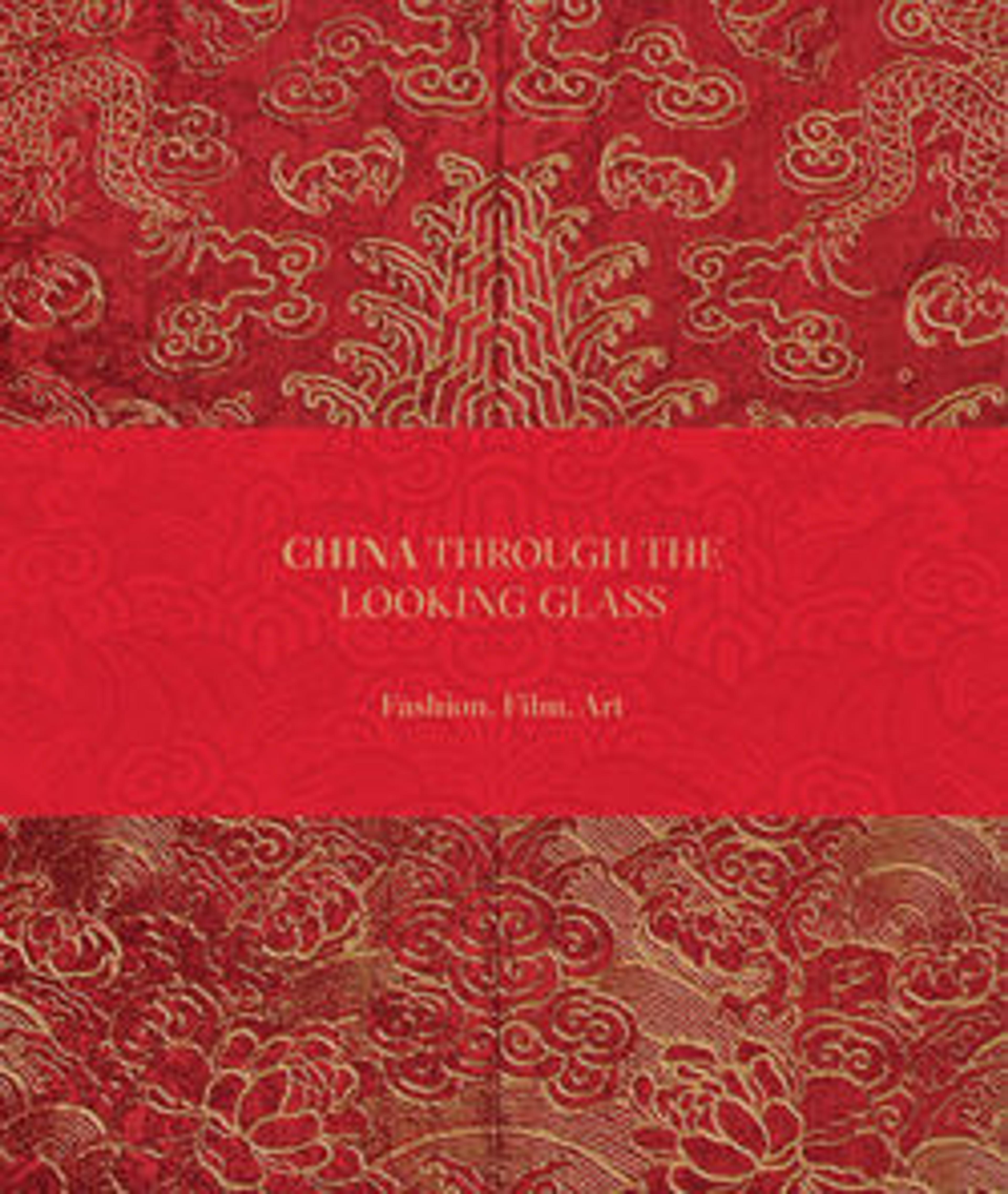Mademoiselle
Two distinctive styles emerged in the early 1920s. One, with a panniered skirt and exaggerated hips, was called the "robe de style." The other, which was the style that prevailed, was the straight-lined shift called the "chemise." In another instance of the couturier's insistence on the independent creative vision of the artist, Poiret, for much of the last decade of his career, proffered styles that had a rounded silhouette with full dirndl skirts à la Bretonne. Despite his deliberate intransigence in the face of the overwhelming trend to the planar silhouette, even Poiret, at least in some of his collections, conceded to the fashionable taste of the day.
'Mademoiselle' is a compromise between his advocacy of fullness in the skirt and the willowy silhouette in vogue. From the wardrobe of Denise Poiret, the dress would have been enhanced by her lithe form and feline grace, attributes commented on by her contemporaries. Poiret dismissed the more androgynous fashion à la garçonne promoted by Jean Patou and Coco Chanel, which minimized the contours of the chest and hips. "Cardboard women," he called them, with "with hollow silhouettes, angular shoulders and flat breasts ... birds:" In his rendering of the suppressed fit, the shoulder line is sloped, the natural waist is articulated by a slight curvature in the side seam, and the skirt consists of a tightly pleated striped wool, introducing a fullness that retracts on itself. The linearity of the dress is augmented by an insertion of a red wool stripe that extends down the center front of the dress, beginning at just above the natural waistline and extending down into the hem of the skirt. Arbitrary and purely decorative, the stripe suggests the formal interplay of geometries in a Constructivist painting.
'Mademoiselle' is a compromise between his advocacy of fullness in the skirt and the willowy silhouette in vogue. From the wardrobe of Denise Poiret, the dress would have been enhanced by her lithe form and feline grace, attributes commented on by her contemporaries. Poiret dismissed the more androgynous fashion à la garçonne promoted by Jean Patou and Coco Chanel, which minimized the contours of the chest and hips. "Cardboard women," he called them, with "with hollow silhouettes, angular shoulders and flat breasts ... birds:" In his rendering of the suppressed fit, the shoulder line is sloped, the natural waist is articulated by a slight curvature in the side seam, and the skirt consists of a tightly pleated striped wool, introducing a fullness that retracts on itself. The linearity of the dress is augmented by an insertion of a red wool stripe that extends down the center front of the dress, beginning at just above the natural waistline and extending down into the hem of the skirt. Arbitrary and purely decorative, the stripe suggests the formal interplay of geometries in a Constructivist painting.
Artwork Details
- Title: Mademoiselle
- Designer: Paul Poiret (French, Paris 1879–1944 Paris)
- Date: 1923
- Culture: French
- Medium: wool
- Credit Line: Catharine Breyer Van Bomel Foundation Fund, 2005
- Object Number: 2005.210
- Curatorial Department: The Costume Institute
More Artwork
Research Resources
The Met provides unparalleled resources for research and welcomes an international community of students and scholars. The Met's Open Access API is where creators and researchers can connect to the The Met collection. Open Access data and public domain images are available for unrestricted commercial and noncommercial use without permission or fee.
To request images under copyright and other restrictions, please use this Image Request form.
Feedback
We continue to research and examine historical and cultural context for objects in The Met collection. If you have comments or questions about this object record, please contact us using the form below. The Museum looks forward to receiving your comments.
